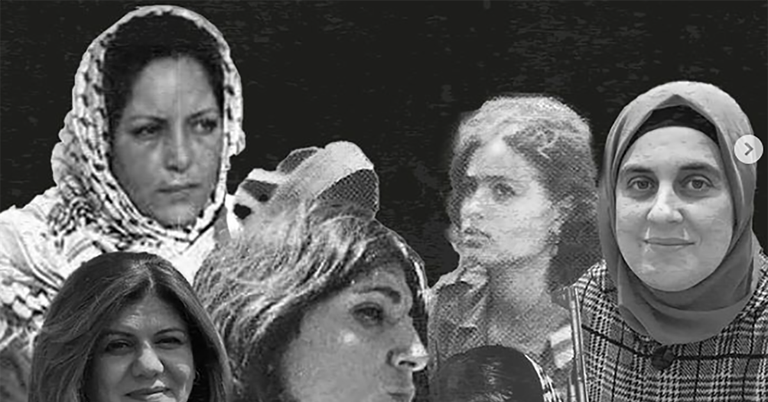
In March 1978, the Coastal Road Massacre - the worst terror attack in Israel's history until last October 7 - took place.
On March 9, 1978, 13 Fatah terrorists left southern Lebanon on a boat headed for Tel Aviv. Two days later, in particularly rough seas, they transferred to two smaller Zodiac landing craft. Two of the terrorists drowned when one of the crafts capsized. Determined to carry out their deadly mission, the 11 surviving terrorists carried on and landed on a beach at Kibbutz Ma’agan Michael. What happened next would claim 38 innocent lives, wound over 70 and lead to Operation Litani, a large-scale IDF operation aimed at pushing PLO operatives out of southern Lebanon.
On the morning of Saturday March 11, the surviving Fatah men (and one woman) made landfall on an Israeli beach. Realizing they had not landed in Tel Aviv as planned, the terrorists nonchalantly ate lunch on the beach for nearly an hour before approaching an American nature photographer who happened to be on same beach that day. They asked her where they were and for directions to Tel Aviv, which she naively provided. The terrorists, worried that the photographer would alert authorities to their presence, shot and killed her before walking to the nearby Tel Aviv-Haifa highway.
After making the short walk to the Coastal Road, the terrorists flagged down and hijacked a passing taxi, killing its occupants, and began driving south towards their original destination – Tel Aviv. Soon after embarking on the short journey, the group of terrorists stopped a northbound chartered Egged bus, hijacked it and ordered the driver to turn around and head south. Heading down the highway, the Fatah cell began shooting and throwing grenades at passing cars, at one point throwing a body from their commandeered bus.
Along the 30-mile drive to Tel Aviv, the terrorists managed to stop another bus, ordering its passengers to pile into the first bus. With over 70 hostages on board and a trail of carnage behind them along the Coastal Road, police were alerted to the developing attack and were by that point trailing the hijacked bus packed with Israeli civilians. Police quickly attempted to set up a roadblock, but determined to reach the Tel Aviv metropolis, the terrorists plowed the bus right through it. The deadly rampage continued against any vehicle unlucky enough to be on the road that day.
Perhaps because it took place on a Saturday but more likely due to the speed at which the attack was transpiring, anti-terror forces were unable to mobilize quickly enough to reach the terrorists. Police, however, set up a much larger roadblock to halt the bus at the Glilot Junction on the northern edge of Tel Aviv. This second roadblock, much larger in size and aided by nails that officers spread on the highway finally managed to bring the rolling terrorist attack to a standstill. The carnage, however, was far from over.
The police traffic and patrol units that arrived on the scene were not specially trained to deal with terrorist or hostage situations. As the bus came to a stop, a firefight broke out between lightly armed officers and the terrorists who had brought sub-machine guns, grenades and explosives. As heavy gunfire was flying in all directions, police broke the windows of the bus and instructed passengers to jump. Soon after, the bus caught fire. By the time the shooting, explosions and fire were quelled, 37 Israelis and one American were killed, including 13 children, and 71 were wounded in the deadliest terrorist attack in Israeli history. Controversially, the fact that regular police untrained in hostage situations were the only security forces to respond is often blamed for the record-high death toll.
The Coastal Road Massacre, like all terrorist attacks, took place in a wider political context. The attack was carried out on the eve of then-prime minister Menachem Begin’s planned departure for the United States to advance the peace process with Egypt that had begun five months earlier with Egyptian President Anwar Sadat’s historic visit to the Knesset in Jerusalem. A week after the attack, a Fatah leader in Lebanon confirmed that the massacre was in fact (among other things) an attempt to derail the Israeli-Egyptian peace process. The attempt to stop the process failed, however. Although Begin delayed his trip to Washington, the peace process moved forward and a treaty was signed between the warring countries over a year later.
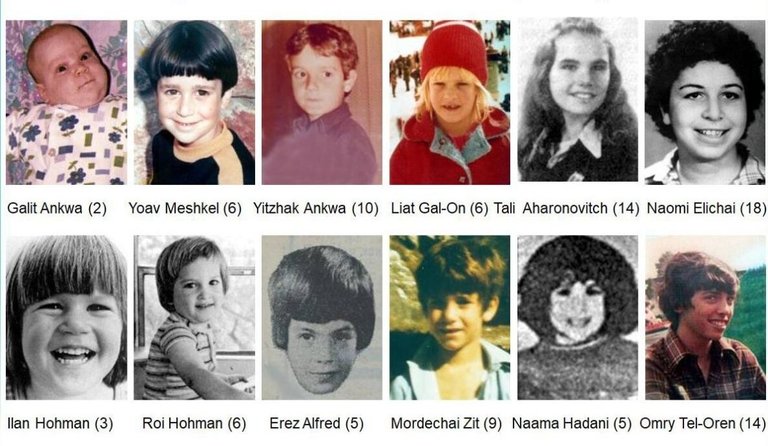 Some of the child victims of the Coastal Road Massacre
Some of the child victims of the Coastal Road Massacre
The female terrorist who perpetrated the attack was Dalal Mughrabi. She actually led the terrorist squad, murdered the American nature photographer, and blew the bus up with a grenade.
A bloodthirsty terrorist to be sure, and she and her fellow terrorists perpetrated this heinous crime to scuttle peace between Israel and Egypt.
Why am I mentioning all of this? Because on International Women's Day, Palestine Action Group Canberra and Nasser Mashni's APAN honored her along with other prominent palestinian Arab females, including fellow terrorists Leila Khaled and Shadia Abu Ghazaleh, who although attempting to murder civilians did not succeed.
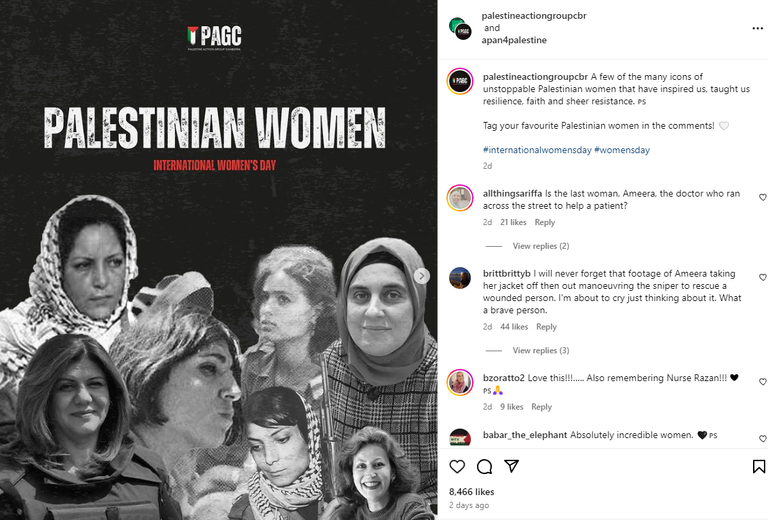
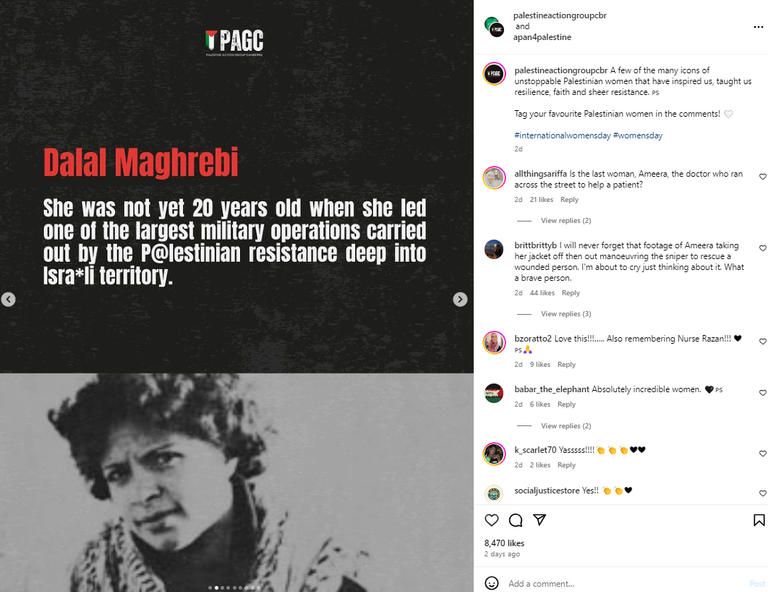
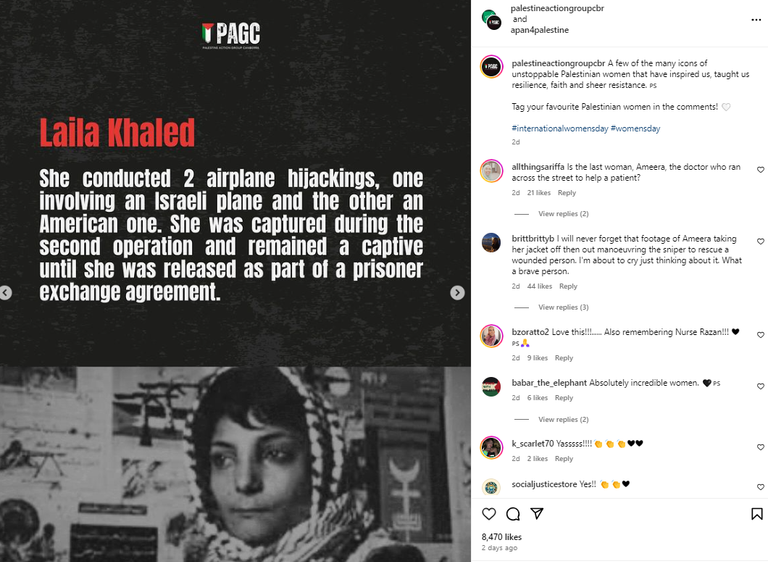
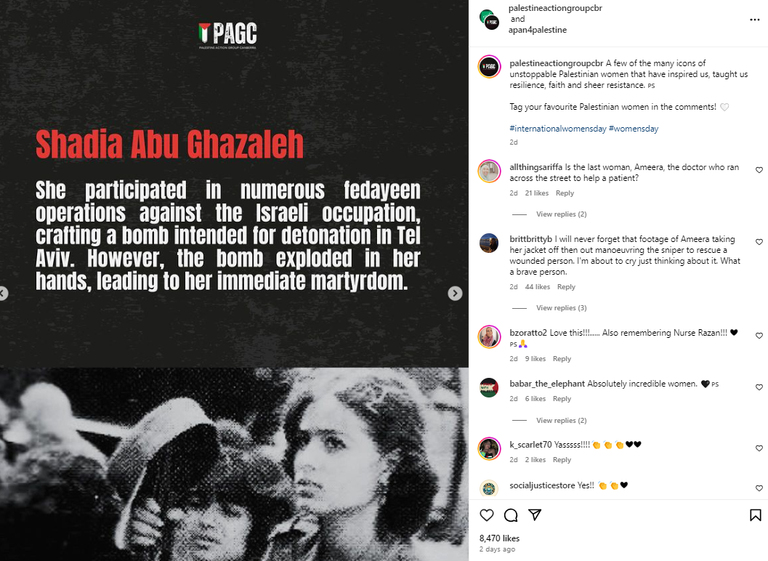
The post was shared by many prominent Australian palestinian Arabs, including:
- Randa Abdel-Fattah, Australian writer and lawyer who was identified as one of six leading doxxers of 600 Australian Jewish creatives, who received death threats and whose children were harassed as a result. Abdel-Fattah has justified October 7, while falsely claiming the palestinian Arabs had unsuccessfully tried ‘every avenue” of peaceful resistance. Abdel-Fattah once wrote a piece titled ‘I’m not afraid of terrorism. I’m afraid of being accused of being a terrorist.’

- Ramia A Sultan, lawyer and APAN Board member:

I assume there were also many others who shared on their now-disappeared Instagram stories.
Australia, you (like many other places) have a real problem.
Posted from my blog with Exxp : https://www.israellycool.com/2024/03/10/prominent-australian-palestinians-pay-tribute-to-child-murderer-and-other-terrorists/